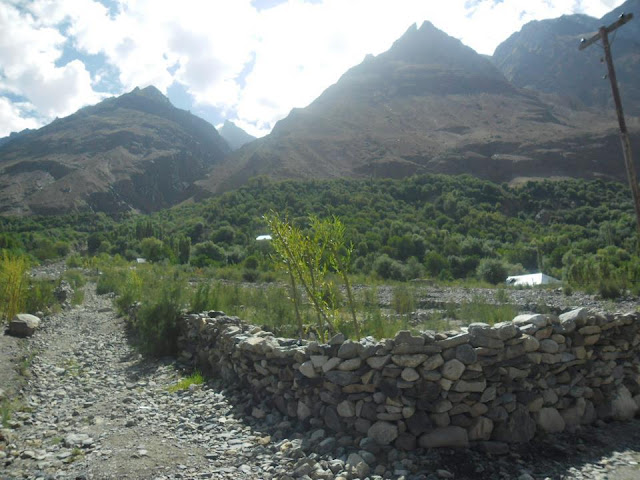Chitral is undoubtedly the most romantic, captivating and enchanting place in the majestic Hindukush range. It is a mountainous area in the extreme north of Pakistan. The landscape of Chitral is extremely mysterious with its steep harsh mountains, lush green valleys, beautiful meadows and big glaciers which have made it one of the most difficult and inaccessible areas of the world. Chitral is divided into small valleys by the mighty Hindukush range. The highest peak in this range is Terichmir, which lies at a height of 25,263 feet, just 36 miles away from Chitral town. It is also called the palace of fairies. No mountain in the region is less than 4,000 feet and over 40 peaks have an altitude of 20,000 ft.Chitral is surrounded by the Wakhan, Badkhshan, Asmar and Nooristan provinces of Afghanistan in the north, west and south-west. On its southern boundary lies the upper district of Dir, while in the east is Gilgit-Baltistan and in the southeast the valley of Swat and Kohistan dist...






